In the quest for sustainable energy solutions, the integration of solar photovoltaic (PV) farms and battery energy storage systems (BESS) has emerged as a cornerstone of the global renewable energy landscape.
Solar Photovoltaic Farms: Harnessing the Power of the Sun
At the heart of these green initiatives lies the solar PV farm, a sprawling expanse of photovoltaic panels reaching heights of up to 3.5 meters. These towering arrays, elegantly aligned to capture the sun's rays at optimal angles, are not merely energy-generating machines but also a testament to humanity's ingenuity in harmonizing with nature. The selection of the site ensures minimal disruption to the existing terrain while maximizing solar exposure, a delicate balance achieved through meticulous site assessments and careful planning.
The construction site buzzes with activity as temporary structures spring up near the entrance, facilitating the logistics of the build. These facilities, however, are destined to be temporary, as they will give way to the very elements they facilitate—the installation of solar panels that will eventually blanket the landscape, transforming it into a vibrant source of clean energy.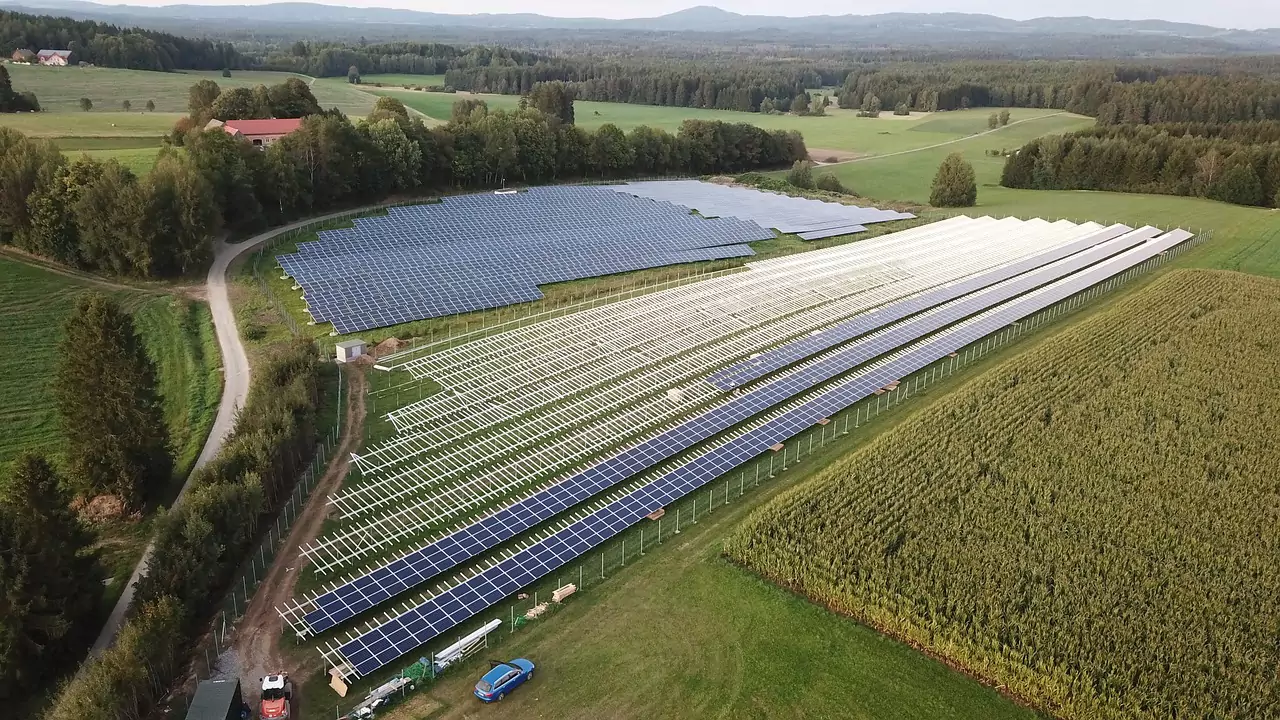
Inverter stations, strategically positioned within the farm, convert the direct current (DC) generated by the panels into alternating current (AC), ready for distribution to the grid or local consumption. Field tracks, meticulously laid out, facilitate maintenance and access to each panel, ensuring seamless operation. Security measures, including perimeter fencing and closed-circuit television (CCTV) cameras, safeguard the investment, ensuring its integrity and continued performance.
Battery Energy Storage Systems: Storing the Sun's Bounty
Complementing the solar PV farms are BESS, a vital component in the renewable energy puzzle. Comprising multiple compact containers, these systems are neatly arranged adjacent to the proposed substation, forming a self-contained energy reservoir. When the sun shines brightly, excess energy generated by the PV farm is stored within these batteries, ready to be tapped into during periods of low solar activity or increased demand.
Similar to the PV farms, the BESS complex boasts a comprehensive infrastructure, including inverters for energy conversion, robust fencing for security, and CCTV cameras for round-the-clock monitoring. This integrated approach ensures seamless integration with the grid, enhancing energy reliability and resilience.




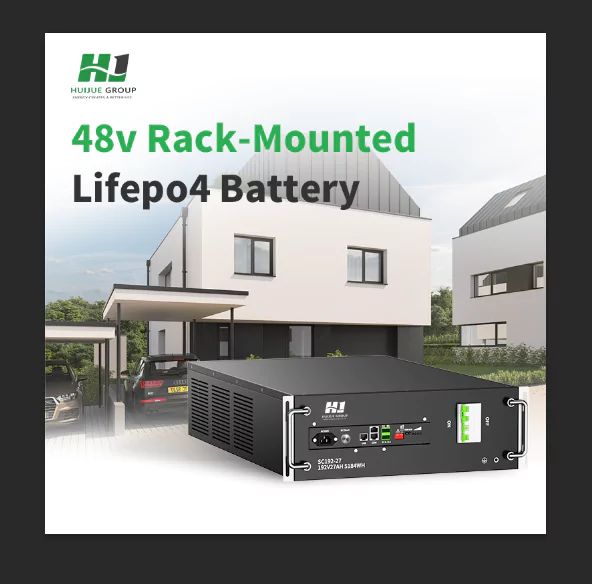


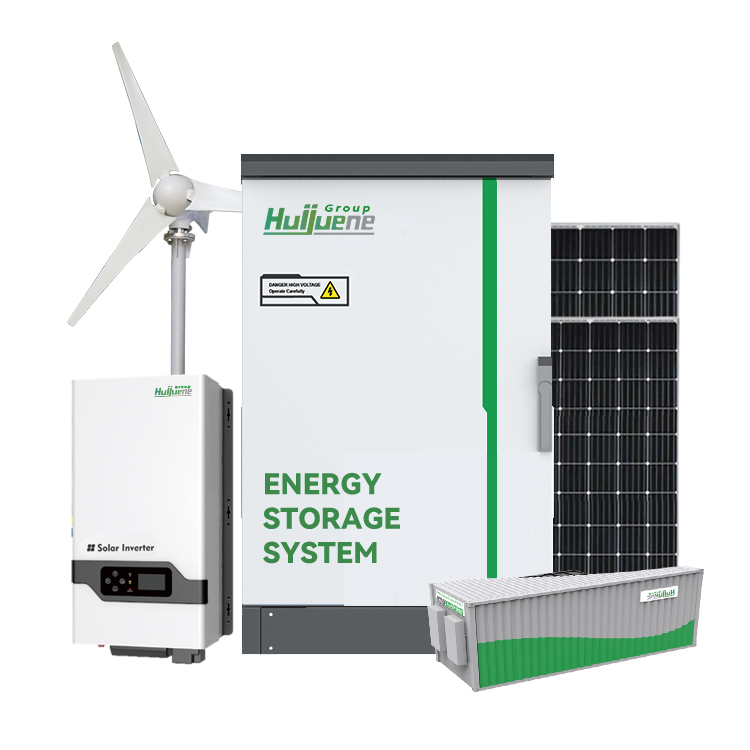
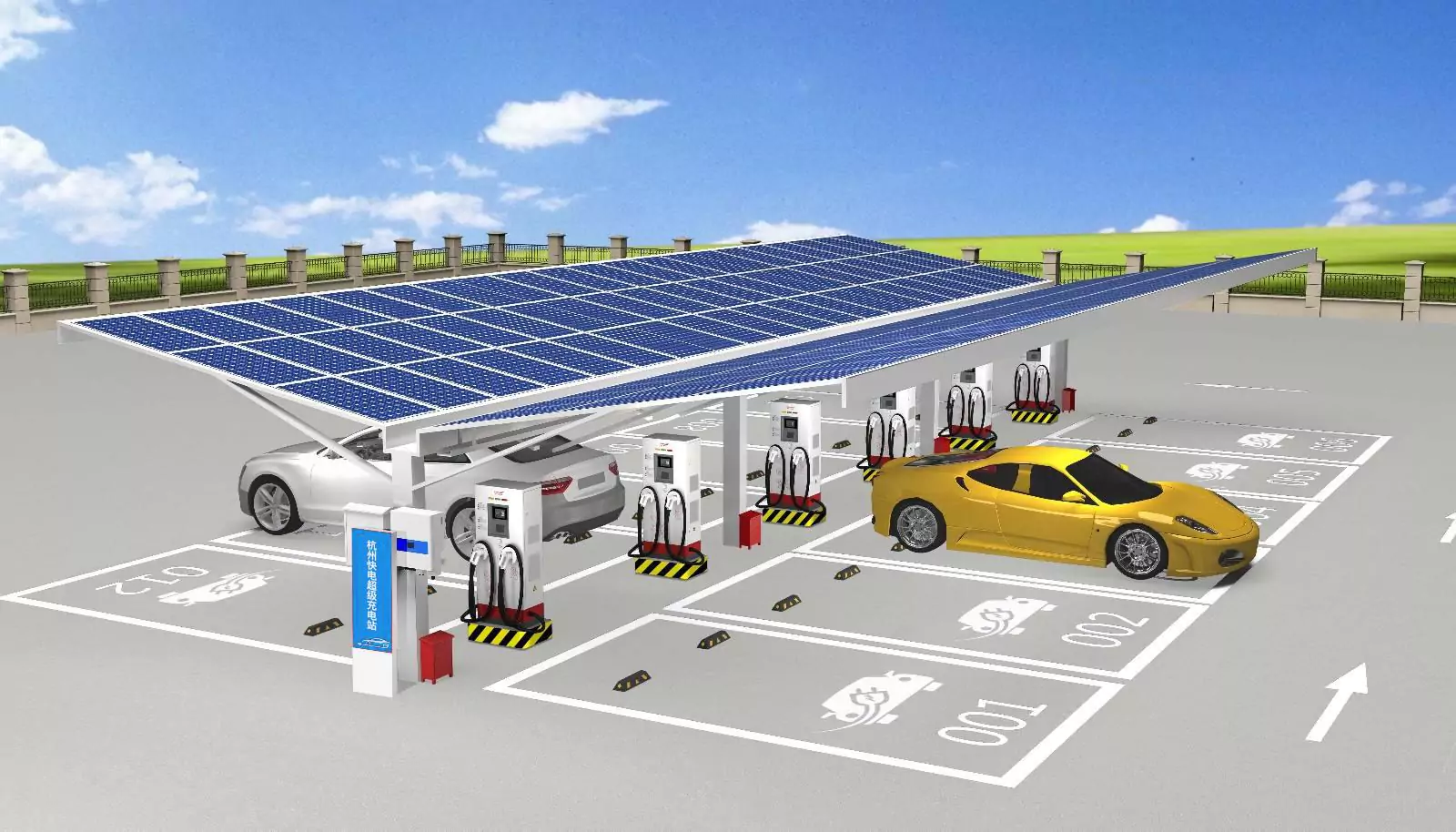

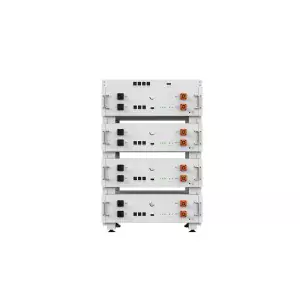
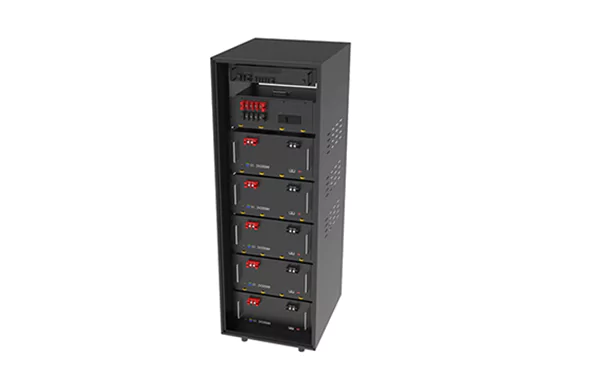
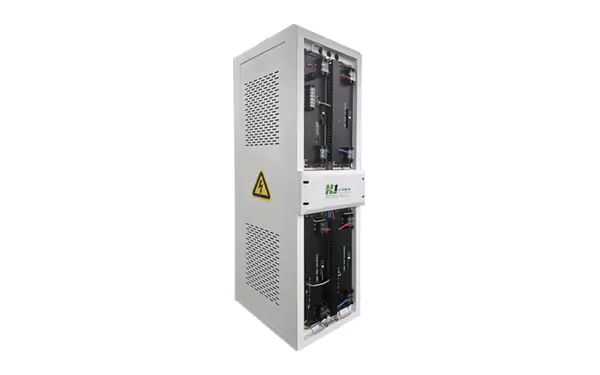
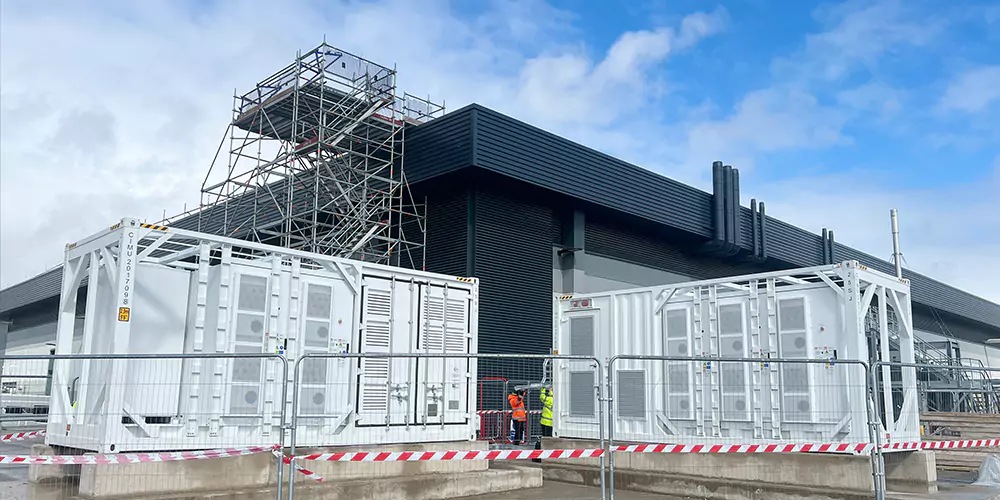
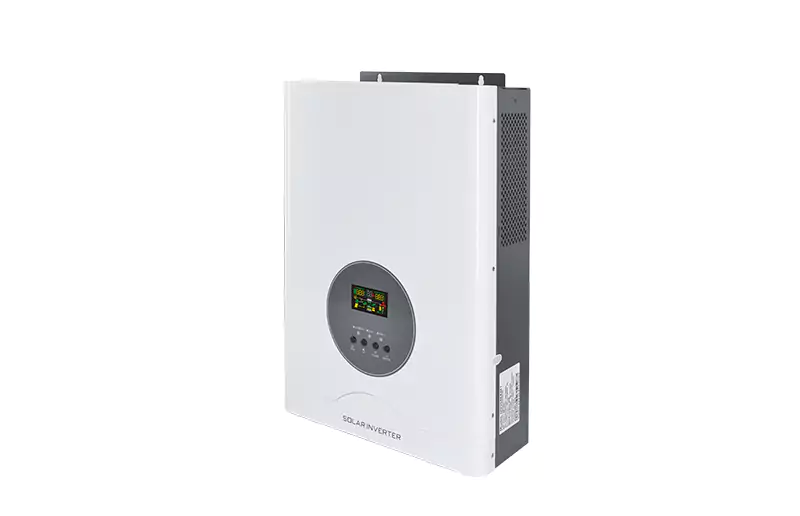
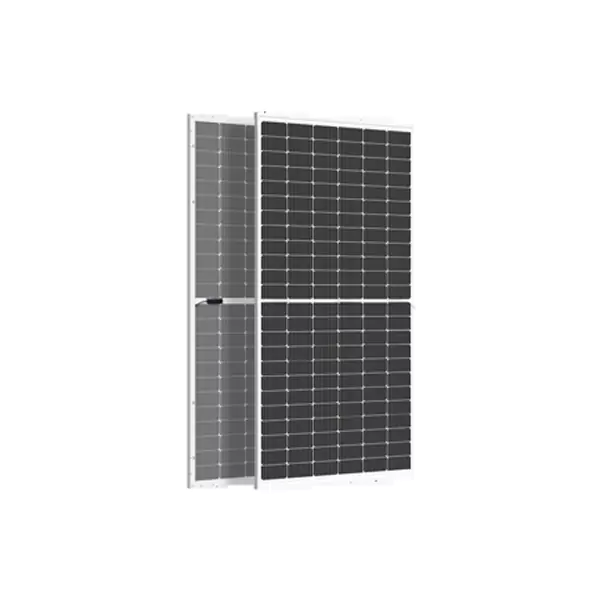
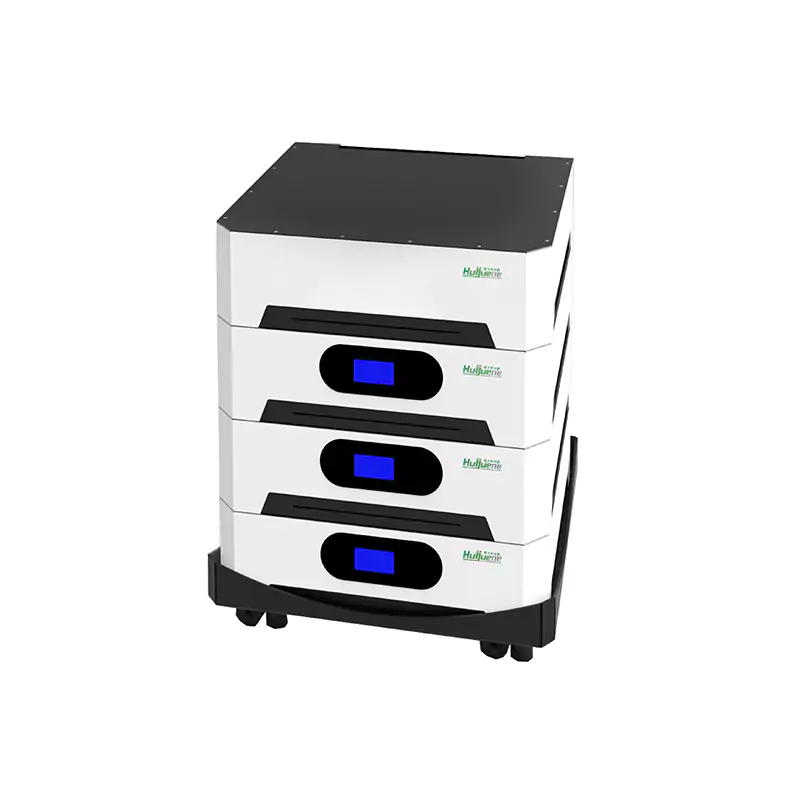


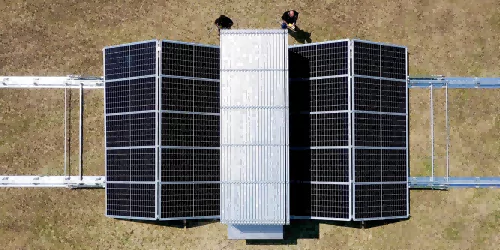
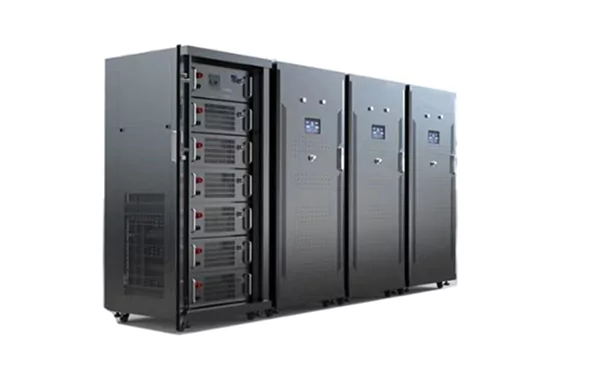
 Inquiry
Inquiry Online Chat
Online Chat